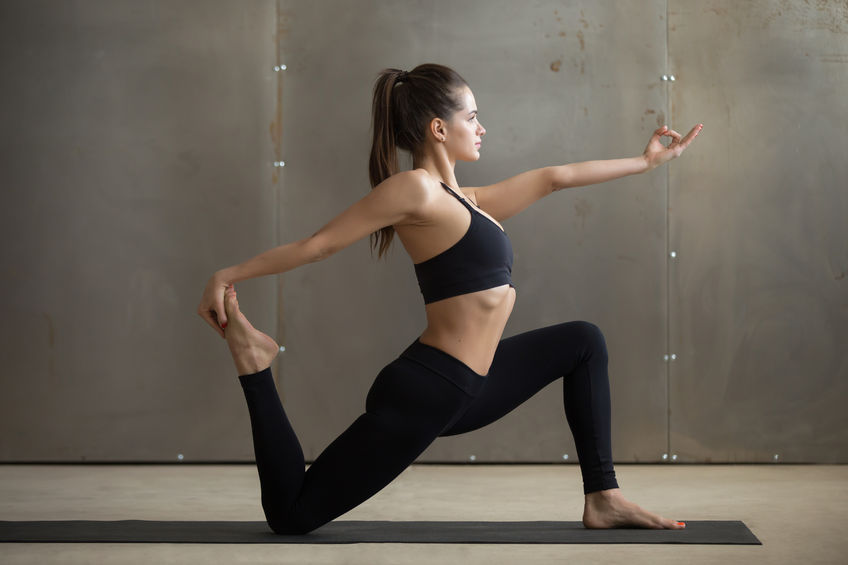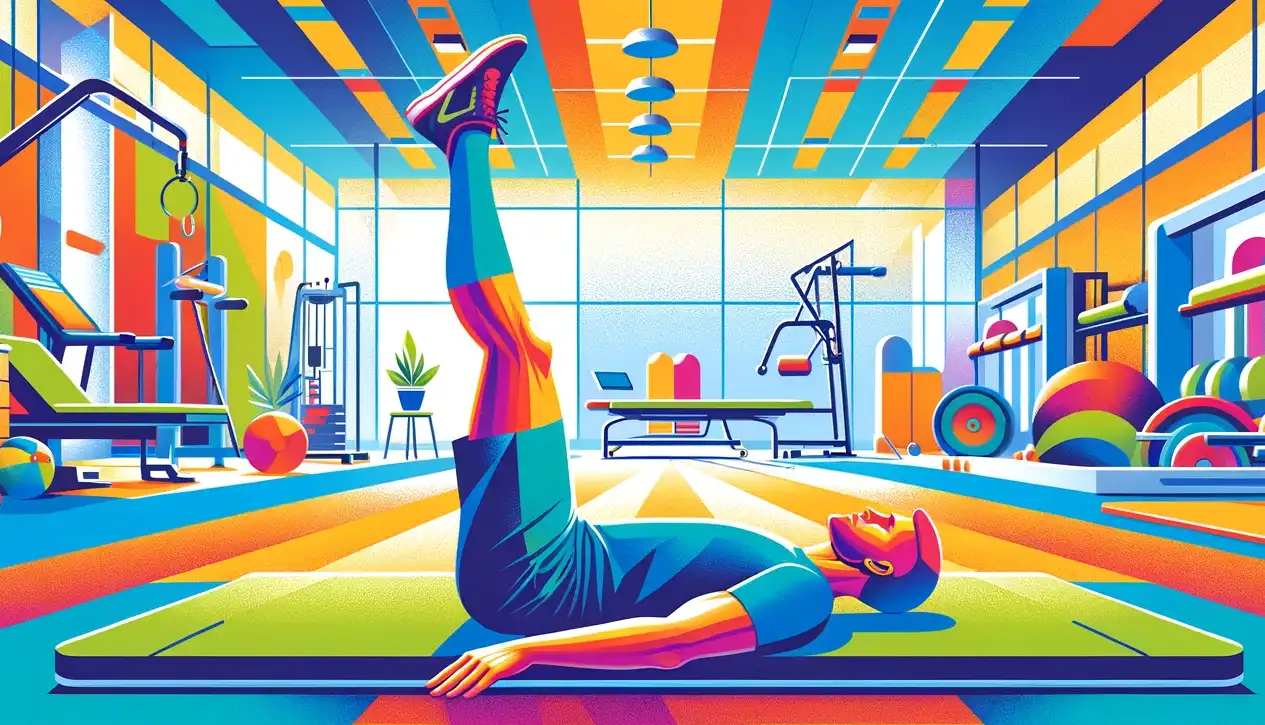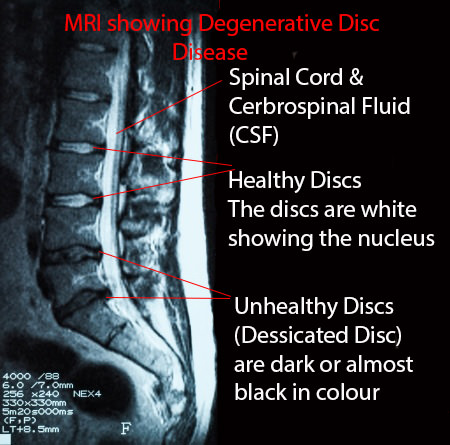Running and Lower Back Pain: Benefits of Running For Your Disc

Running and lower back pain don’t always go together. After suffering from lower back pain, many of my patients tend to avoid running altogether.
Are you hesitant to lace up your running shoes due to a disc herniation diagnosis? Perhaps you’ve experienced limitations in your running routine and are eager to find a way to hit the pavement with confidence again.
Strengthening Lumbar Discs: Running And Lower Back Pain
Exciting research from April 2017 sheds light on the positive impact of running and lower back pain or more especially running exercises on strengthening intervertebral discs. In this article, we’ll explore the findings and discuss how incorporating running into your routine may contribute to disc health and potentially alleviate some of the challenges associated with disc herniation.
Lumbar Disc Herniation: Best Exercises For My Herniated Disc
Understanding the Research: Running And Lower Back Pain
The study compared individuals who engaged in regular running with a sedentary group, discovering that the runners exhibited larger discs with higher water content. This water content is crucial for maintaining overall disc health, as a decrease in water content often leads to disc degeneration and diminished protective capabilities for the nerves and spinal cord.
Disc Herniation Part 1: Best Self-Treatments To Help Your Lumbar Disc Herniation
Understanding Disc Pressure: Running and Lower Back Pain
Key Findings:
- Increased Disc Size: Regular runners demonstrated larger discs compared to their sedentary counterparts, indicating a positive impact on disc health.
- Enhanced Water Content: The running group exhibited higher water content in their discs, a crucial factor in sustaining disc function and overall well-being.
- Protective Effects: Those running 20-40 km per week showed additional protection for the nucleus of the disc, with even greater benefits observed in runners covering distances exceeding 50 km per week.
The Up-And-Motion Keeps the Intervertebral Disc Healthy
The research also highlighted the importance of the up-and-down motion during running, which increases disc pressure due to the weight of the torso. This pressure, when managed appropriately, contributes to the growth and health of the intervertebral disc.
Balancing Running and Desk Jobs: Running and Lower Back Pain
Despite the positive effects of running, it’s essential to recognize the impact of desk jobs on overall posture. Prolonged periods of sitting, often accompanied by slouching, can counteract the benefits of running. Maintaining good posture and incorporating various forms of exercise may further contribute to the health of your intervertebral disc.
Conclusion:
While the study underscores the positive effects of running on disc herniation, it’s essential to approach running and exercise with moderation and awareness of individual limitations. Running, along with other forms of exercise, has the potential to positively impact disc health and enhance overall well-being. So, lace up those running shoes, hit the pavement mindfully, and enjoy the benefits of a healthier, more resilient intervertebral disc.
Feel free to share your thoughts and experiences in the comments below, and don’t forget to connect with us on Facebook for more updates and tips on improving your lower back health. We’d love to also hear your opinions on who you consider the best Toronto chiropractor in the comments below.
Research
1. Daniel L. Belavý, Matthew J. Quittner, Nicola Ridgers, Yuan Ling, David Connell & Timo Rantalainen, Running exercise strengthens the intervertebral disc Scientific Reports 7, Article number: 45975 (2017)
Related Categories: Disc Herniation, Low Back Pain, Running




Thanq for u reply sir…I want to know,is jogging is good after disc herniation…please give me full information…
Author
Gangadhar the question is actually dependent on the stage of the disc herniation. If you run right after you put out your disc herniation you will be clearly worse. At that point, it will be “bad” for you. If you run while recovering a week or two after. You may get worse or better. That depends on how far the disc is out, how much you sit, are you doing your exercises, are you maintaining your posture. If the disc is still pushing out against the nerve even 6 months later running can aggravate the problem. If you the disc is not sticking out as much and you are maintaining your posture then it might be fine to run after a few days.
So it’s not a black or white or good or bad. Most things in life are not good or bad. It’s 50 shades of grey. In other words, it depends on your unique situation. In your case, you can are not worse, but not necessarily better after running. If you put out your back again it will likely change.
Hope that helps your disc herniation. If you have any more questions for this Toronto chiropractor I will give you the best answer that I can.
Hai sir…this is Gangadhar..I have disc protusion at l5s1…is jogging is good for disc problems…becoz am jogging thrice a week 4 to 5 km ….after jog there is no at all…when I stand for half an hour pain in left leg comes..what happens to my back …please suggest me good daily routine ….
Author
Thanks for your question Gangadhar. With running the pressures are constantly changing and your spine is in extension. When you stand you get a constant pressure so can push the disc out more. As for a daily routine, try this. https://www.bodiempowerment.com/herniated-disc-part-2-the-best-exercises-for-your-herniated-disc/
Hope that helps your disc herniation. If you have any questions, I will do my absolute best to give you a good answer.
Hi Dr Ken Nakamura,
I’m a very frustrated runner who is experiencing a lot of sharp pain in my left shoulder blade that goes all the way down my left arm, hand, and makes my fingers feel very weird. It hurts when I breathe. This started in July. The pain feels like I’m getting stabbed through the front to the back as well on the front left side. I’ve had two mri’s-one of the thoracic and one of the neck. Excuse the pun but I feel like I’m getting the run around by the drs. I’m around 40 and I would like to get back to running my normal miles a week. Running is the vehicle that centers me emotionally.
I’ve had one injection at the c6. I have been told that the mri showed something about dehydrated disc between the c5-c6. The thoracic mri just showed a lot of “tiny and eccentric left-sided disc protrusions.” There is one at t1-T2 and t3-t4 and t5–t6 and t7-t8 “minimally effacing the left lateral recess.” And “Mild congenital narrowing of the spinal canal throughout the mid thoracic spine.” I haven’t received a copy of the neck mri.
All this being said, I have been going to a chiropractor a couple times a week. I’ve been to PT after my Internist saw me in July. The PT told me to go back to my Internist (due to not getting better, or him being stumped?). My Internist sent me to a neck specialist or neurosurgeon. The neurosurgeon sent me to a pain specialist who gave me a epidural shot. The shot didn’t work. It’s been 3 months. I’m grasping at straws. I just want to be back to when I didn’t have constant pain when I breathe. I’m trying to run but it hurts around mile 4 or if I’m lucky mile 9. Afterward the run I’m in a lot of pain. So I have run only a few times (enough to feed my mind).
Today, I’m in a lot of pain and I don’t have any solutions or see any hope for getting better. Any suggestions?
Sincerely,
Nate Croom
Author
Thanks for your question Nate. Sorry to hear that you can run without getting into to pain. First of all, when you have problems with breathing the problem typically is starting in the thoracic spine. MRIs don’t give you the full picture. How can I say that? The majority of MRIs are taken lying down. How do you run? Not lying down. There is simply more pressure on the discs when you stand, sit or run. Also as you can tell you have three areas that are potential problems but most of the time it’s one. Your PT or chiropractor should focus on the thoracic spine, from my point of view. That’s based on my experience and what the literature says but it’s an opinion and not a recommendation.
Also, it’s not the profession as much as the person that is important. Hope that helps your possible disc herniation. If you have any more questions I will be happy to answer them. Dr Ken downtown Toronto Chiropractor.
Thank you Dr Ken Nakamura!
Author
You are welcome Nate.
Hi Dr. Ken just wanted to ask a question regarding a herniated disc, are the words compression and indention used interchangeably when it concerns a disc issue or is one worse than the next as I have small herniated disc which indents the theca.
Author
Thanks for your question Chris. Good question. Just like herniated disc means different things to different people including health practitioners the words compression and indentation is not standardized. One radiologist’s compression is another’s indentation. It’s similar for mild, moderate or mild to moderate degree of thecal sac compression.
It’s certainly not as scientific as you would think. However, with the one practitioner looking at similar x-rays or MRI you generally get a high level of consistency but not as consistent between radiologists.
Hope that helps your disc hernitions. If you have any more questions for this Toronto downtown chiropractor I will do my best to answer your questions.
Hi Dr Ken, I have a question, If you can help me out. I did a Plank 4 months ago and this fat girl sat on my back while I was doing the plank for 5 sec. since then my lower back hurts, I went to see a doctor, he took X-ray, he said my disk looks good but the S1 looked a bit in trouble. He said I should see physical therapist , I saw him, but that didn’t help. Any suggestions Dr Ken will be help full. I wonder if I missed aligned my back? Thank you very much.
Author
Thanks for your question Farid. First, why is the girl sitting on your back? To see how strong you are? Next, it is definitely possible that you misaligned your lower back. However, it is also possible that you strained and sprained your lower back as it was too much pressure for the muscles or the ligaments. It isn’t likely that you put out your lower back unless you have an extra curved back which will put out the disc in a forward direction if your plank collapsed thus arching your back, even more, causing a herniation of the disc in the forward direction. It doesn’t sound like what you wrote, so the most likely scenario is a misalignment or sprain/strain of the lower back.
Hope that helps your lower back. Make sure you don’t have any more girls sitting on your lower back. The above is an opinion and not a recommendation. A chiropractor could help in either case above but it always depends on the skill of the chiropractor.